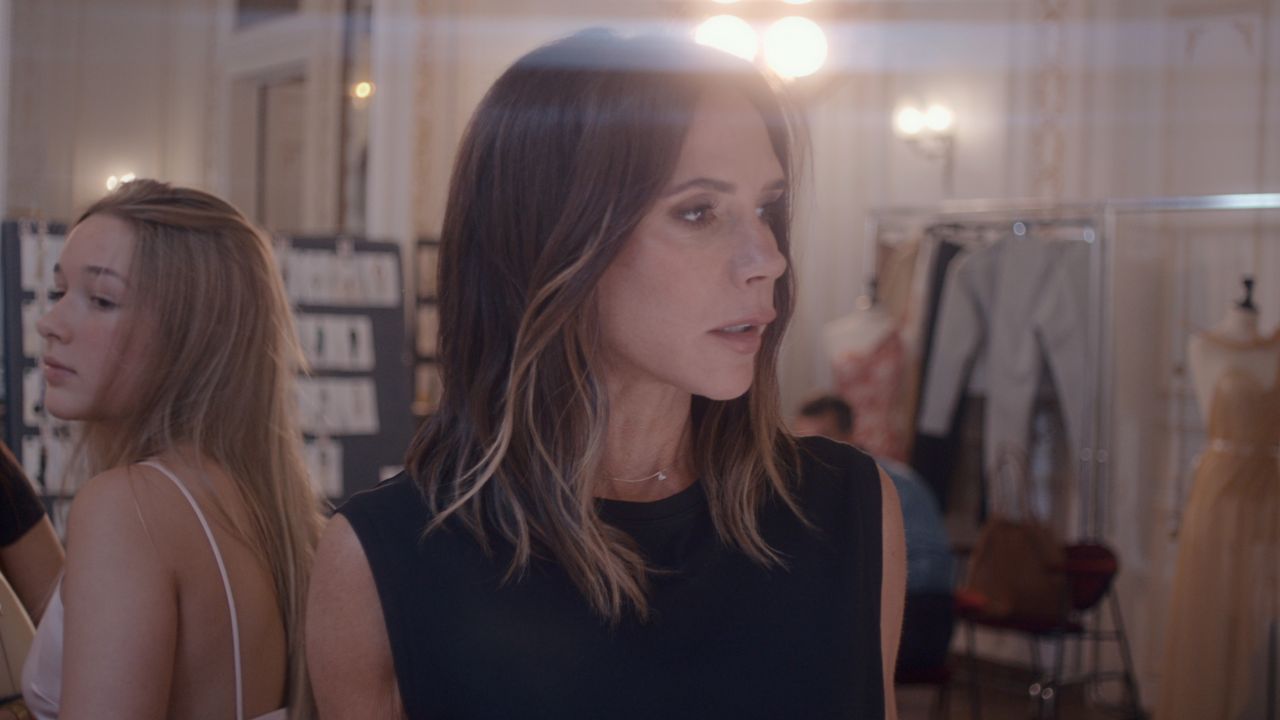Fan or not, you already know the basic beats of Victoria Beckham’s story: her working-class beginnings (let’s not get into that Rolls-Royce snafu), her Spicy “Wannabe” era, the smile-free years of being tailed by paparazzi, her foray into fashion. All the while, as she’d evolved from “the little Gucci dress, the little Gucci dress, or the little Gucci dress” to showing her own designs in Paris (Of course!), her 26-year marriage to David Beckham has been a fixed point of public fascination.
What’s revealed in her candid new Netflix documentaryhowever—through interviews with the likes of Donatella Versace and Tom Ford, and some deeply erotic cutaways to David in his shaved-head, footballing heyday—is Victoria’s burning ambition and her repeated masterstrokes of self-branding. Young Victoria Adams was an “awkward, uncool” musical theater kid who auditioned at 19 for a band that came to define its own time, capitalizing on the strength of female friendship over ruminations on the male gaze. It’s impossible, of course, to quantify the seismic impact of the Spice Girls, their platform sneakers stamping through the glass ceiling of the ’90s. And though Girl Power feels a little hackneyed these days, it changed the way young women assessed their futures. Then the blinding glare of the global spotlight waned and the Spice Girls split: “One minute I’m spreading the word of girl power, the next I’m a wife in a flat in Manchester.”
What comes through most in the three-part docuseries is fact that from her Posh period until today, Victoria has consistently informed her audience’s aspirations—whether she was empowering voiceless tweens in 1995, forging trends with the way she dressed, or starting a family with the world’s hottest footballer. As the popstar wife to David, she created the blueprint for the modern WAG: the long extensions, the barely-there shorts. And then, the moment the WAG look was co-opted by the masses, she morphed.
The blonde ambition of her early years in LA was another work of PR genius—I think Victoria did some of her best brand-building at LAX arrivals—while Marc Jacobs’s famous spring 2008 campaign, shot by Juergen Teller, subverted perceptions of VB as a paparazzi-ed princess. Scroll far enough back, and her looks only feel dated because dressing trendily means hitting the cutting edge—and then moving the fuck on.





